Description
By Volker Scheid
Trade Paperback Book
ISBN 9780939616565
564 Pages
In 1626, a young man named Fei Shangyou moved his family to Menghe, a small town in the Yangzi delta of China. According to family legend, he abandoned his career as a scholar and began working as a physician. In doing so, he founded a medical lineage that continues to the present day. This book describes the development, flourishing, and decline of this lineage and its many branches, as well as that of the other medical lineages and families with which it merged over time to form the “current of Menghe learning” (Menghe xuepai).
This current and its offshoots produced some of the most influential physicians in the Chinese medical tradition during the 19th and 20th centuries. Menghe physicians, their disciples and students treated emperors, imperial mandarins, Nationalist Party generals, leading figures in the Communist Party, affluent businessmen, and influential artists.
In late imperial China, Menghe medicine was a self-conscious attempt to unite diverse strands of medical learning into one integrated tradition centered on ancient principles of practice. In Republican Shanghai, Menghe physicians and their students were at the forefront of medical modernization, establishing schools, professional associations, and journals that became models for others to follow. During the 1950s and 1960s, the heirs of Menghe medicine were key players in creating the institutional framework for contemporary Chinese medicine. Their students are now practicing all over the world, shaping Chinese medicine in Los Angeles, New York, Oxford, Mallorca, and Berlin.
The history of the Menghe current is relevant to anyone interested in the development of Chinese medicine in late imperial and modern China. This book traces Chinese medical history along the currents created by generations of physicians linked to each other by a shared heritage of learning, by descent and kinship, by sentiments of native place as well as nationalist fervor, by personal rivalries and economic competition, by the struggle for the survival of tradition and glorious visions of a new global medicine.
On the level of both theory and practice, this history marks a departure from the focus on texts and ideas that has dominated Western engagement with Chinese medicine to date. Its goal is to locate medicine within the concrete lives of physicians and their patients, restoring an agency to their actions that easily gets lost in our search for the forces or structures that shape historical process. To this end, the author interweaves social history and medical case studies, ethnography and biography to narrate a story of Chinese medicine that is very different from any that has been told before.


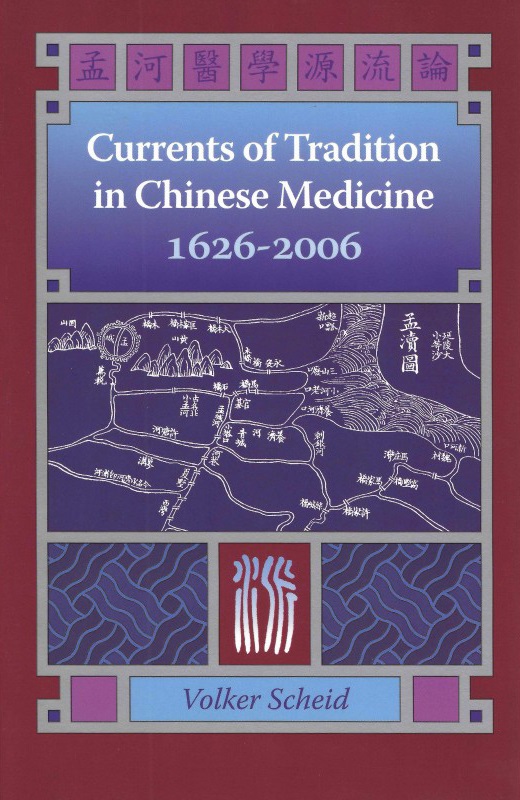
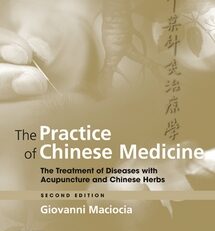
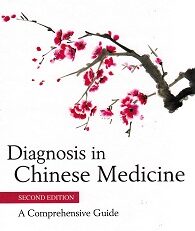
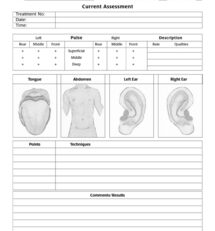
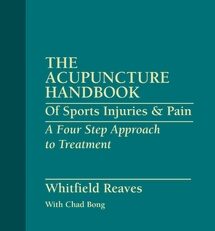
Reviews
There are no reviews yet.